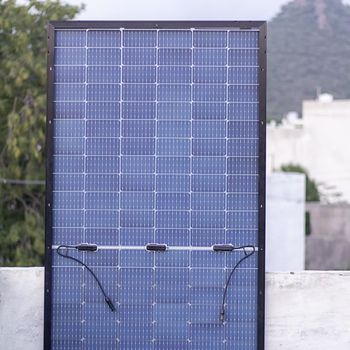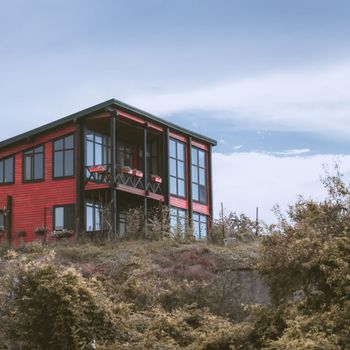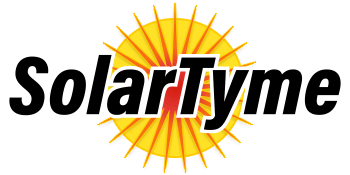Bifacial solar panels are the next big thing, and they might be your best solution.
Bifacial Solar Panels 101: What They Are And How They Maximize Your Solar Investment
Solar power has drastically increased in popularity within recent decades. The shocking change in accessibility made people curious about solar power, ultimately switching to it because they knew it would save them time, money, and energy. However, this increase in accessibility also transformed solar power technology. There have been huge strides in solar power options. Bifacial solar panels are the next big thing, and they might be your best solution.

Bifacial Solar Panels
Monofacial solar panels are the most commonly known and used kind of solar panel. These work pretty simply—the sun reflects off the panel, and it creates energy that turns into electricity. Bifacial solar panels are double-sided, as one would assume based upon the name alone. Light bounces back from underneath the panel, thereby making it possible to create more energy than bifacial solar panels’ monofacial counterparts.

Who Benefits From Bifacial Solar Panels?
Unfortunately, not everyone is a perfect match for this innovative energy solution. Some buildings are simply not meant to host bifacial solar panels, and that’s okay, because traditional monofacial solar panels are still a great solution! For example, buildings with a roof that has a long tilt might not be eligible for bifacial solar panels.

Efficiency
As mentioned, bifacial solar panels produce more energy than monofacial solar panels. Of course, that’s not to say monofacial solar panels are inefficient, but bifacial solar panels are a wonderful choice for buildings that need to maximize their energy efficiency. Various factors, such as the building’s angles and surface albedo (the surface directly underneath your solar panels), will determine just how efficient your bifacial solar panels are.

The True Cost
Of course, the point of switching to solar is to a) save money and b) save the environment. Since bifacial solar panels are able to generate more energy than monofacial ones, it makes sense that users would experience a lower energy bill than other solar panel options. Individuals who switch to bifacial solar panels can expect to spend $0.20 per watt.
Switching to solar provides so many benefits, we could go on for days! Bifacial solar panels are about to see a huge increase in popularity, just as we saw with monofacial solar panels within the past few decades. As technology becomes more accessible, more people grow interested, and everyone wins!
If you’re interested in learning more about installing bifacial solar panels, talk to the experts at SolarTyme today!
